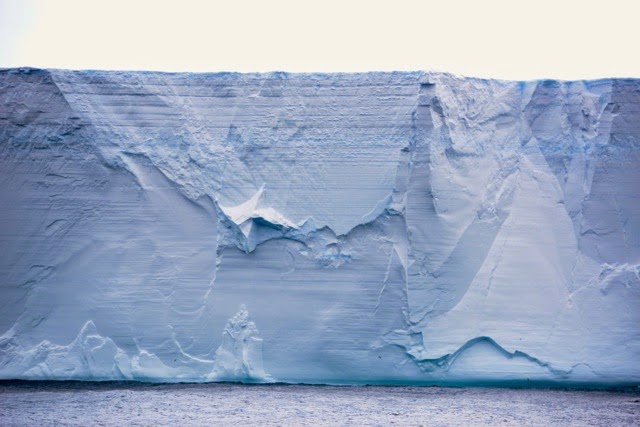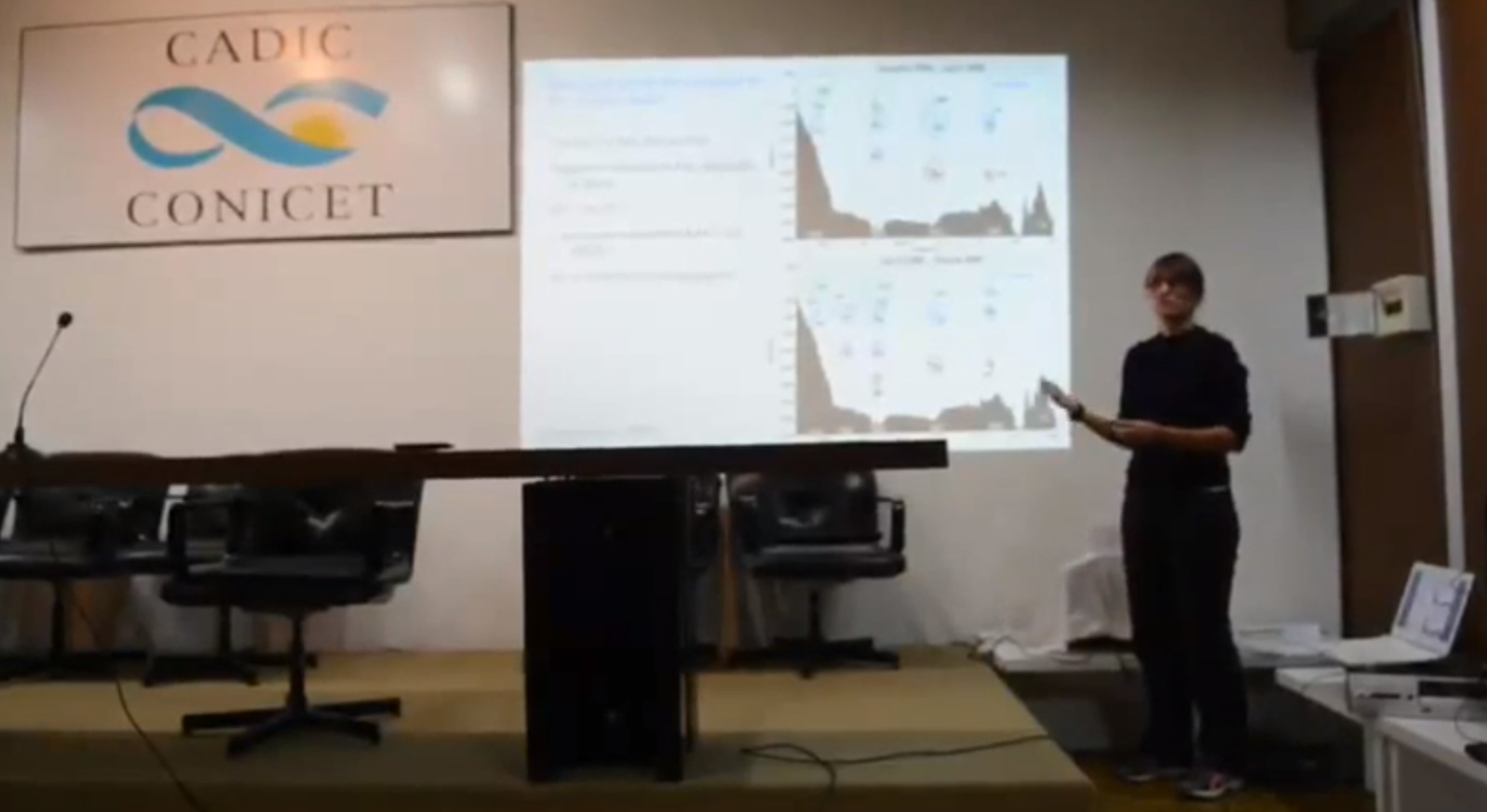We have been anchored in King Haakon Bay (south west corner of South Georgia) for a few hours. This is the bay in which Shackleton’s wooden boat the James Caird landed on April 19, 1916.
[Historical note: May 10, 1916: After 17 days in stormy seas, and with superior navigation by Endurance Captain Frank Worsley, the Caird miraculously arrives on the west coast of South Georgia. May 19: Shackleton, Worsley, and Second Officer Tom Crean set off to cross the previously unexplored interior of South Georgia, heading toward the East coast’s whaling stations. The other three men remain behind.]
The team landed on the beach by 9am with all our gear. We immediately loaded our sleds and backpacks and were ready to go by 9:40.
The visibility is good but a bit windy.
We leave our skis on our sleds as the first part of the climb is rock and packed snow. We aim for the Shackleton pass, a gentle slope of 300m alt. that we reach by noon. Up there it is very windy, probably 25 knots. The visibility is good and we have a very nice view of Possession Bay on the northern side of the island. We decide to push forward to our planned next camp that we should reach by 4-5 pm tonight.
The wind is getting stronger and almost directly in our face, slowing us down tremendously. It becomes more and more difficult to progress: at 2pm we decide to continue forward for another hour but are ready to turn and head back to Haakon Bay if needed (it would be easier because it is mostly downhill, although it is not easy to go downhill when you are pulling a sled behind you). After 30’, we realize that to continue would be very difficult, risky and dangerous. So we decide to set up camp for the night. We need to build snow walls, sawing blocks of snow from the ground which is a very long and tiring proposition. We decide to use only our ‘tipi’ tent because it is easier and safer if something should happen and all nine of us can fit inside. The bad news is that it is very windy with no sign of calming down (gusting 50 knots = 100km/h). The (relatively) good news is that we are less than 2km away from Possession Bay where we could go in the worst case, and wait for the boat to come around the island to rescue us.
It takes a couple of hours to get everything organized and in the tent. By 6pm we are all safely inside and start to prepare for food. Bertrand (our cameraman) is also our head snow melter and food preparer. At some point while cutting cheese he nips his finger and blood starts dripping on the white snow; annoying but not too serious. Geraldine prepares a first aid bandage and after 15’ minutes he is ready to cook again! After dinner all nine of us settle into our sleeping bags. (We definitely could not fit a tenth person in here!) The wind is constantly blowing: 30-50 knots and the noise of the tent canvas flapping at high speed makes for a very hard night.
On King Haakon Bay ‘beach’, South Georgia. I landed first to be able to take some photos.
A welcoming elephant seal.
Our team on King Haakon Bay ‘beach', ready to climb up the Shackleton Pass.
A pause in the storm after the Shackleton’s Pass.


















